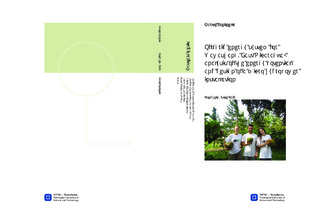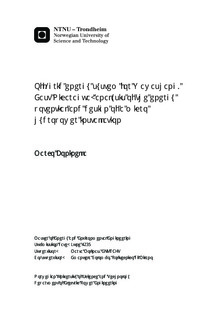| dc.description.abstract | The Wawashang Complex on the East Coast of Nicaragua is a typical example of remote rural area that can benefit from off-grid renewable energy solutions. In this Complex, the non-profit organization FADCANIC supports the development of the communities of the Caribbean Coast through an innovative agro-forestry program, a school, a carpentry workshop as well as a natural reserve. No power grid reaches the Complex, but many buildings are electrified by dislocated systems of photovoltaic modules and batteries with gasoline generators as backup.FADCANIC is trying to exploit better the natural resources in order to provide power for more initiatives and make energy supply less expensive, more reliable and sustainable.In February 2013 a trip to Wawashang was made to collect the necessary data.Purpose of this thesis is to propose a micro hydropower installation in State Creek, the river flowing through the Complex. The hydropower potential was measured by inexpensive tools, i.e. a wooden folding ruler and a borrowed current meter. The Creek offers a site with a low head of 3 to 5 m over a distance of 200 m and a good water flow of 100-200 l/s at the beginning of the dry season. The power obtained could benefit either a farmer's house by the river, a coconut grinder or support the photovoltaic energy of the Complex, whenever solar irradiation is too low. A discussion will follow about the turbines to be used in such low head systems, in a power range between 0.2 and 3kW. A 1kW turbine will be chosen for two alternative waterway preliminary designs, one of which using pipes and the other a wooden channel. Such solution appears satisfactory as it can deliver power to the coconut grinder during the day and electrify the farmer's house at night.Moreover, this plan makes it possible to measure and analyze the Wawashang buildings power consumption. The measurement, taken by the use of clamping current meters, has shown a peak power demand of about 17kW, due to the higher power requirement for the carpentry workshop.An analysis of the energy resources, also part of this work, reveals that, besides solar energy and low head micro hydropower generation in State Creek, biomasses could be an interesting option for power generation in the future. Particularly, coconut husks and shells, sugar cane, excrements and waste wood may be considered as an important resource for the production of energy within the Wawashang Complex. | nb_NO |

